Kirtland, Ohio LDS Sights
WillhiteWeb.com
Town core sights
After Nauvoo, Illinois and Palmyra, New York area, the next biggest historic site is Kirtland, Ohio. I have placed some history below many of the images below.
Others just outside of town:
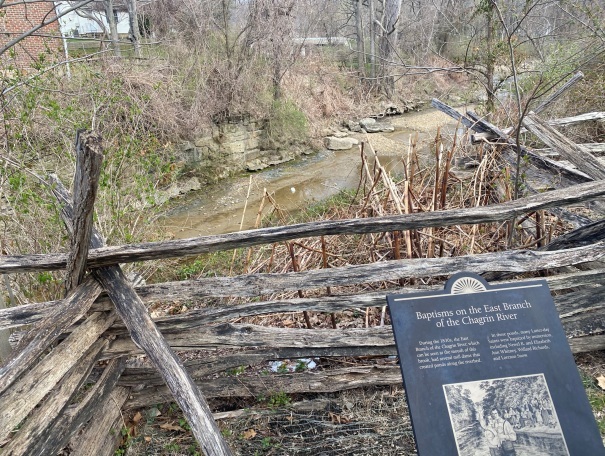
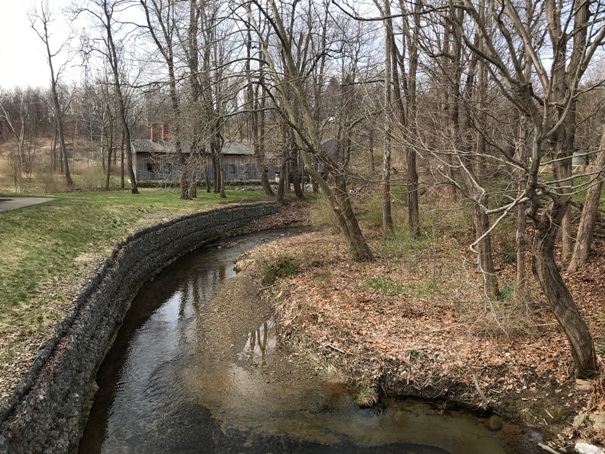
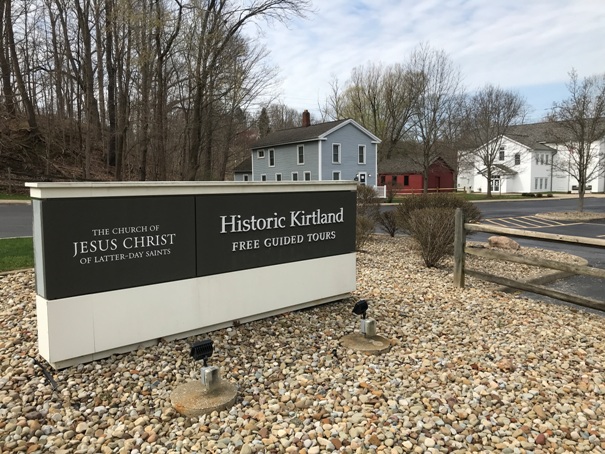
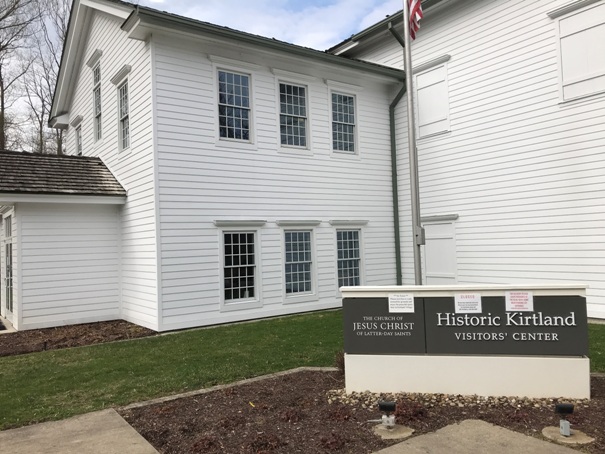
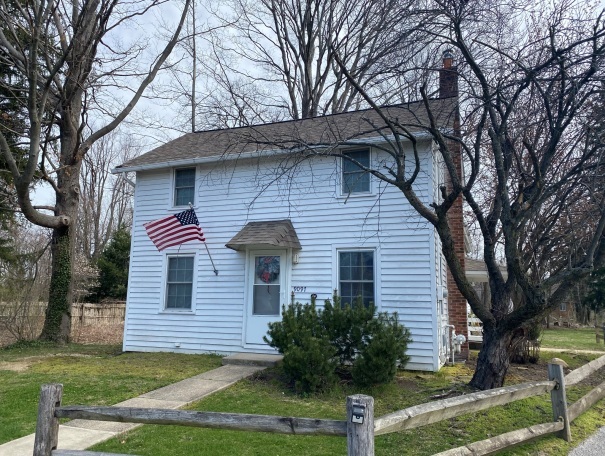
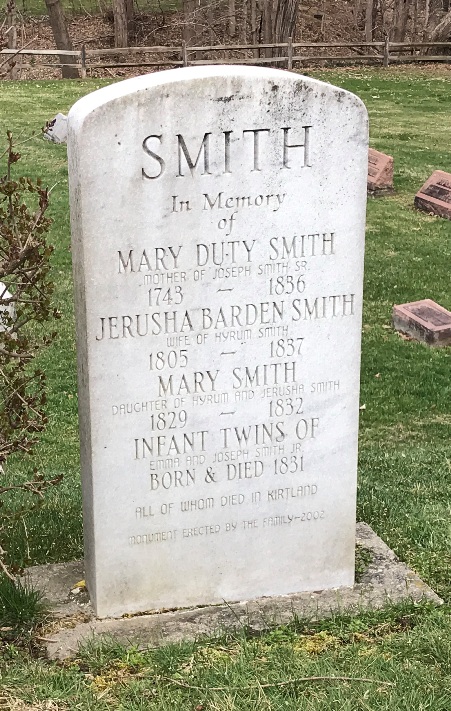
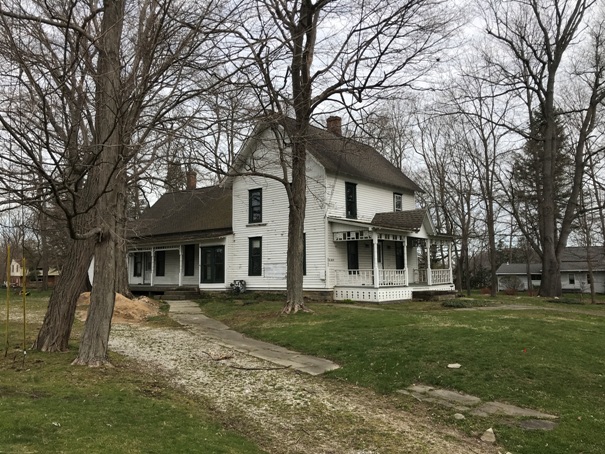
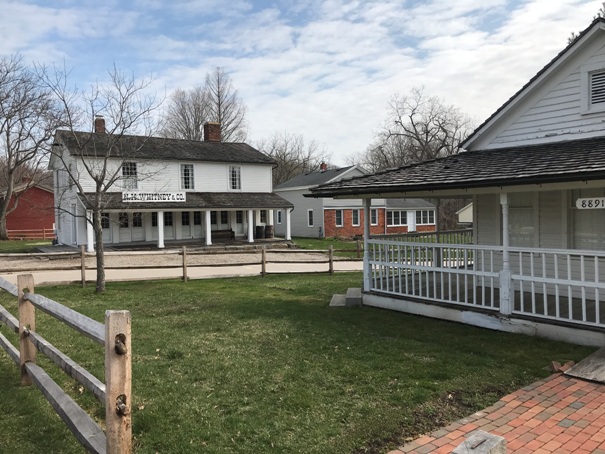
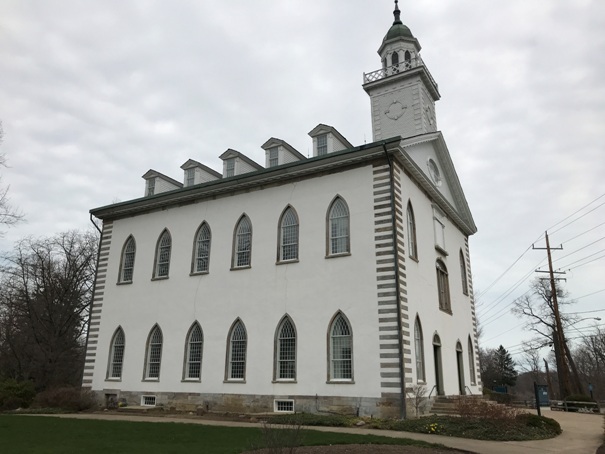
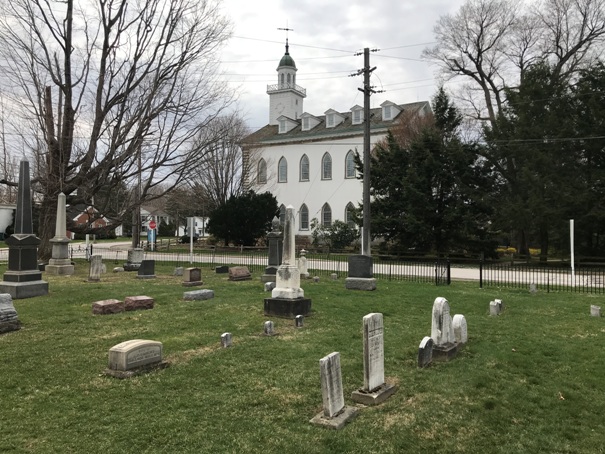
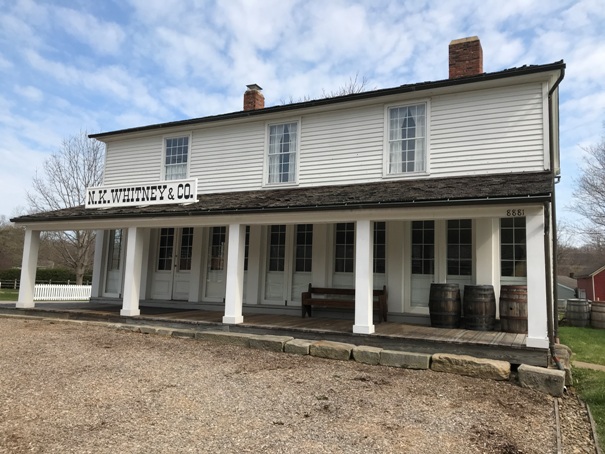
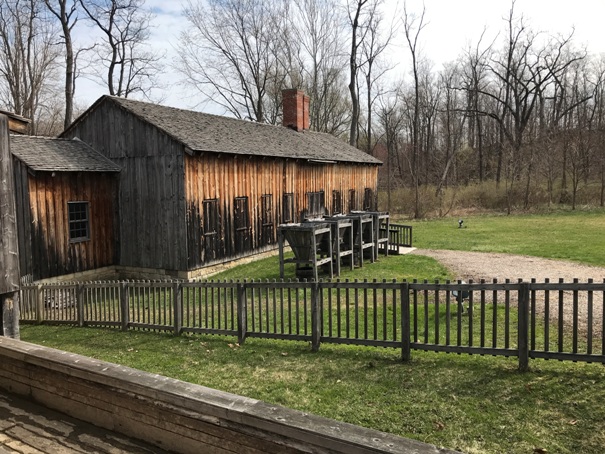
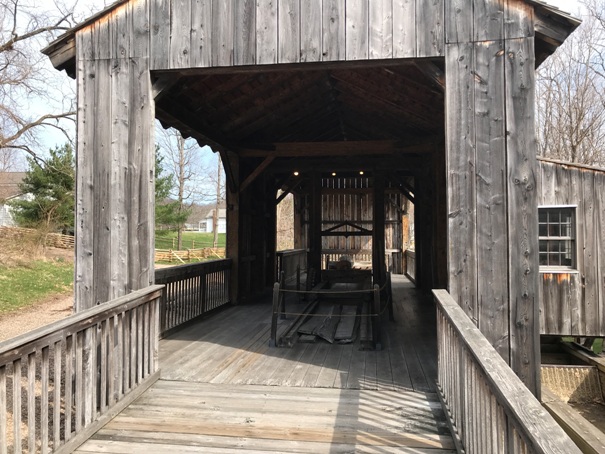
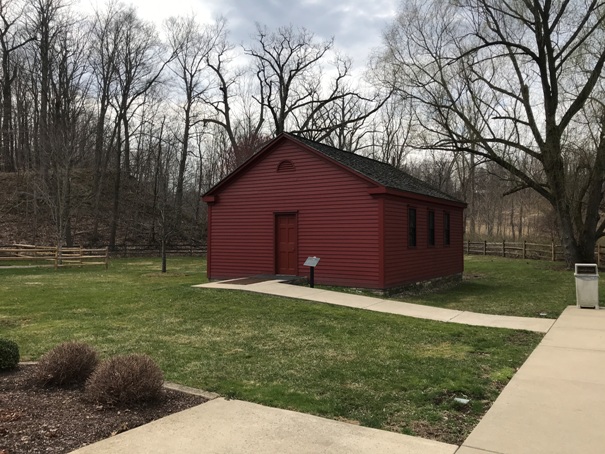
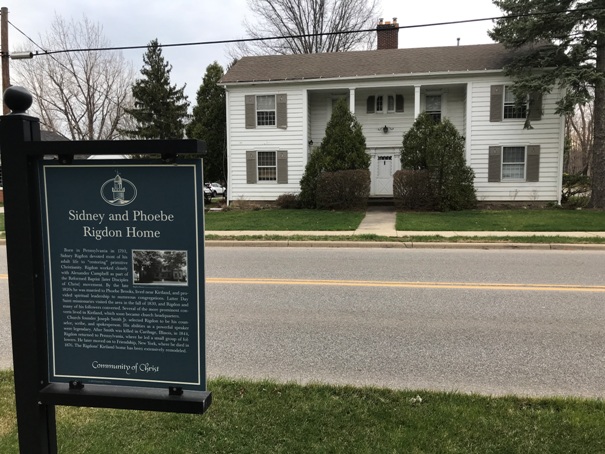
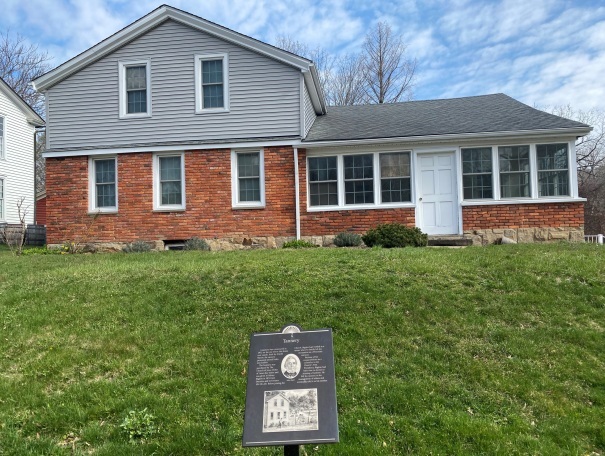
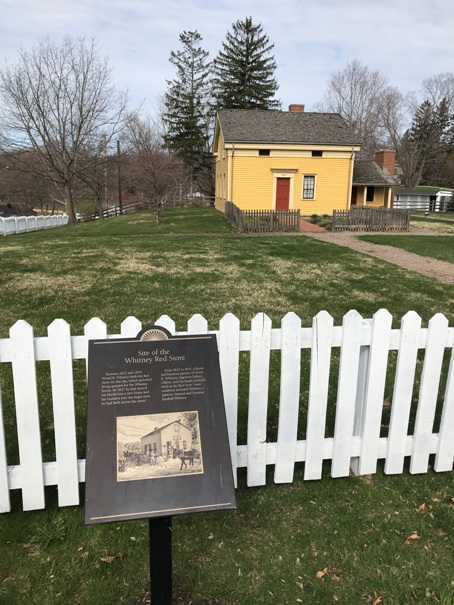
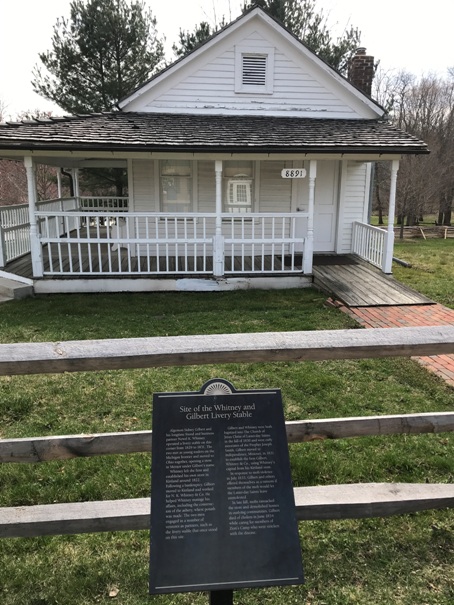
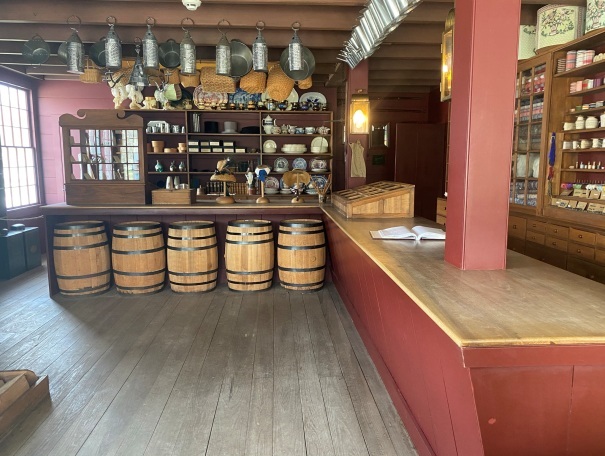
Newel K. Whitney Store
Newel K. Whitney built his white store in 1826 and invited his friend Sidney Gilbert to become his business partner. The store later served as post office, bishops storehouse, and early Church headquarters. While Joseph and Emma Smith lived here, their son Joseph Smith III was born. The School of the Prophets began here, and the First Presidency was organized on March 18, 1833. Among the revelations received here are the Word of Wisdom and the command to build the Kirtland Temple. The store was remodeled and dedicated in 1984. Missionaries lead tours through the building.
The Kirtland Temple
The Kirtland Temple was the first temple built under priesthood authority in this dispensation. Many spiritual manifestations accompanied its dedication and use as a house of learning, a house of glory, a house of order, a house of God (D&C 109:8). In 1836 the Savior appeared here and accepted the temple as His house. Thereafter, Moses, Elias, and Elijah restored priesthood keys to Joseph Smith and Oliver Cowdery (see D&C 110). The LDS church purchased the temple and visitors center in 2024 from the Community of Christ.
Johnson Inn
This building was built in 2002 where the first brick building in Kirtland once stood. Its facade resembles the original building that burned down in 1915. Peter French converted this two-story home into a tavern by 1827. The Church purchased the tavern in 1833, and John Johnson took over its management later that autumn. Besides providing lodging and meals for travelers, the inn was used as an office building, meeting room, printing shop, and social hall. In December 1833, Joseph Smith introduced the office of patriarch here and ordained his father as Patriarch to the Church. Today the inn serves as a resource for visitors to explore exhibits on their own after touring the historic homes.
Kirtland Flats School
The replica schoolhouse in Kirtland Village is based on an original school built in 1819, before the arrival of Latter-day Saint missionaries. By the 1830s, the schoolhouse played an important role in the community not only for public education, but also for worship services and other community gatherings. Eliza R. Snow taught a select school for young ladies in Kirtland during the spring of 1836, and her classes may have met here. The schoolhouse burned down in the 1860s. Today missionaries provide tours of the building upon request.
East Branch of the Chagrin River
Settlers in the 1830s built several mill dams across the East Branch of the Chagrin River, creating ponds along the riverbed. Many people who became prominent members of the Church in Kirtland were baptized in these ponds. Among these were Newel K. and Elizabeth Ann Whitney, Willard Richards, and Lorenzo Snow.
Visitors Center
The visitors center is a two-story building resembling a gristmill that once stood in the area, but in a different location. Missionaries welcome guests here and invite them to watch an introductory film before leading them on a tour of the historic buildings in Kirtland Village.
Kirtland Historic North Cemetery
Also known as the Kirtland Temple Cemetery or the Mormon Cemetery, this burial ground predates the arrival of the first Latter-day Saint missionaries in Ohio. Among those buried here are Joseph Smith Jr.s grandmother, Oliver Cowderys parents, Hyrum Smiths young daughter Mary, and Thankful Pratt. The city of Kirtland owns and maintains the cemetery. Maps showing locations of prominent graves are available at the Kirtland Temple Visitors Center. Guided tours can also be arranged here during some seasons of the year.
Joseph Smith Properties
Joseph and Emma Smith moved into their own home in Kirtland early in 1834. Across the street, Joseph opened a store. Joseph continued to direct the work of building up the Church from his home until he finally moved from Ohio in January 1838. The first high council was organized here. Revelations received here include portions of D&C 107 and the inspired translation of Egyptian papyri now known as the book of Abraham in the Pearl of Great Price.
Sawmill and Ashery
The reproduction ashery and sawmill were built on their original locations. Missionaries lead guided tours through the two buildings. Together they show the united efforts of the early Saints living in Kirtland to consecrate their time, talents, labor, and worldly means to build up the temple, care for the poor, and preach the gospel.
Sawmill and Ashery
Hyrum Smith Home
Joseph Smiths brother Hyrum lived for a time on a small farm just south of the Kirtland Temple. In the fall of 1837, Hyrum attended a Church conference in Missouri. While he was away, his wife, Jerusha, gave birth to a daughter and then died 11 days later. Shortly after returning home, Hyrum followed divine counsel and married Mary Fielding. Joseph Smith performed the wedding on Christmas Eve 1837. The couple lived here with Hyrums five surviving children before moving to Far West in 1838. In 1905, President Joseph F. Smith visited this home where his parents were married. The original house still stands, but it has been moved from its original foundation.
Tannery
A tannery was constructed in 1832 on the site where this home now stands. Built by Arnold Mason, the tannery processed animal hides into leather. The business was purchased by The Church of Jesus Christ of Latter-day Saints and given to Sidney Rigdon in 1834 (see D&C 104: 19-23). Before joining the Church, Rigdon had worked as a tanner when he briefly left his occupation as a Protestant minister. Because of his responsibilities as a counselor in the churches First Presidency, Rigdon had little time to devote to running a business. He left the tannery to the management of others and eventually sold it to his mother.
Sidney Rigdon Home (Community of Christ)
On October 29, 1830, two visitors came to the home of Sidney and Phebe Rigdon. Sidney Rigdon was a Christian minister, and one of the visitors, Parley P. Pratt, was a former member of his congregation who had returned to share the Book of Mormon and news of the Restoration with his mentor. The other was Oliver Cowdery, who had served as scribe for most of the books translation. Although the Rigdons lived in a home provided by their congregation and would lose that home if they converted to a new faith, they prayerfully considered the missionaries message and were baptized on November 8. For the next 14 years, Sidney Rigdon had significant influence in the Church.
Newel K. Whitney Store
Site of the Whitney Red Store
Site of the Whitney and Gilbert Livery Stable
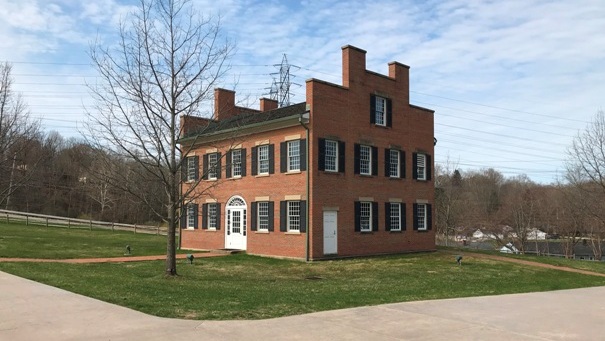
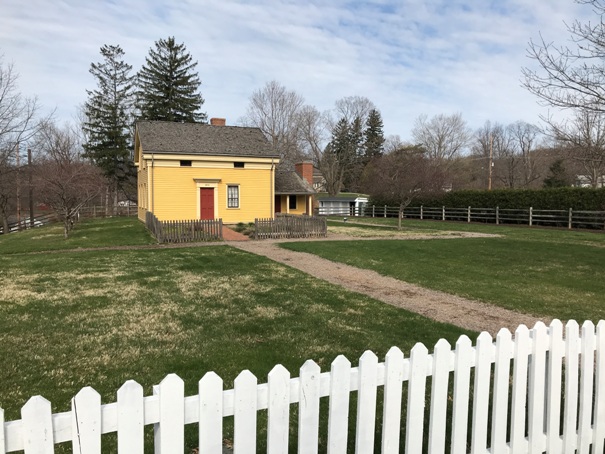
Newel K. Whitney Home
Newel K. and Elizabeth Ann Whitney built their home after the birth of their first child, in about 1824. They were both early converts to the Church in Kirtland, and they welcomed Joseph and Emma Smith into their home in February 1831. While living with the Whitneys, Joseph Smith received several revelations now included in the Doctrine and Covenants. The office of bishop was revealed here, and Newel K. Whitney was later called to serve as the bishop in Kirtland. Today missionaries lead tours through the restored Whitney home.
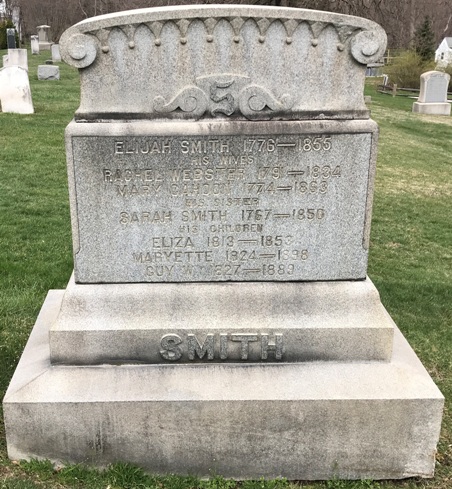
Entrance sign

Infant Twins in the North Cemetery
Between 1822 and 1824, Newel K. Whitney built the Red Store on this site, which included living quarters for the Whitney family. By 1827 he had moved his family into a new home and his business into the larger store he had built across the street. From 1827 to 1831, a friend and business partner of Newel K. Whitney, Algemon Sidney Gilbert, and his family probably lived at the Red Store. Later residents included Whitneys parents, Samuel and Susanna Kimball Whitney.
Algemon Sidney Gilbert and his longtime friend and business partner Newel K. Whitney operated a livery stable on this corner from 1829 to 1831. The two met as young traders on the Michigan frontier and moved to Ohio together, opening a store in Mentor under Gilberts name. Whitney left the firm and established his own store in Kirtland around 1822. Following a bankruptcy, Gilbert moved to Kirtland and worked for N.K. Whitney & Co. He helped Whitney manage his affairs, including the construction of the ashery, where potash was made. Gilbert and Whitney were both baptized into the Church of Jesus Christ fo Latter-day Saints in the fall of 1830 and were early associates of the Prophet Joseph Smith. Gilbert moved to Independence, Missouri, in 1831 to establish the firm Gilbert, Whitney & Co., using Whitneys capital from his Kirtland store. In response to mob violence in July 1833, Gilbert and others offered themselves as a ransom if members of the mob would let the Latter-day Saints leave unmolested. In late fall, mobs ransacked the store and demolished homes in outlying communities. Gilbert died of cholera in June 1834 while caring for members of Zions Camp who were stricken with the disease.
Kirtland Historic North Cemetery






















